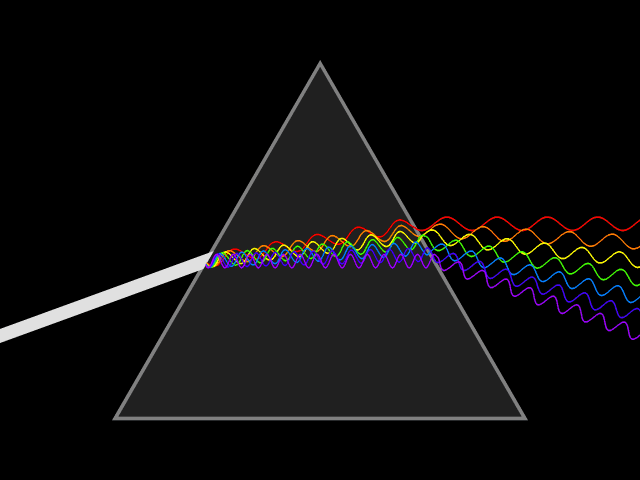Spectroscopy is a powerful tool in the world of science and industry, allowing researchers to explore the universe of materials by analyzing how they interact with light. At the heart of many spectroscopic techniques lies an instrument known as a monochromator. In this post, we will explain into what monochromators are and why they are important in the field of spectroscopy.
What is a Monochromator?
A monochromator is an optical device designed to perform a remarkable feat: it can dissect light into its constituent colors, like a cosmic prism revealing the secrets of distant galaxies. By selectively isolating specific wavelengths from a broader spectrum of light, monochromators enable scientists and engineers to explore the properties, composition, and behavior of matter in ways that were once unimaginable. The 74000 and the CS130 are both examples of 1/8 m monochromators from Newport.
The Anatomy of a Monochromator
Let’s break down the key components of a monochromator:
Entrance/Input Slit: The journey begins with an entrance slit, where light enters the monochromator. Researchers can adjust the width of this slit to control the amount of light entering the system.
Collimating Optics: After passing through the entrance slit, the incoming light is transformed into parallel rays through collimating optics such as lenses or mirrors.

Dispersion Element: At the heart of the monochromator lies the dispersion element, responsible for the magic of separating light into its individual wavelengths. Two common dispersion elements are diffraction gratings and prisms. Diffraction gratings feature closely spaced grooves that diffract light, while prisms refract light based on wavelength.
Exit Slit: Once the dispersion element has done its work, another slit—the exit slit—selects a specific wavelength or range of wavelengths to pass through. The width of the exit slit determines the spectral resolution of the monochromator.
Detector: The chosen wavelength(s) are directed onto a detector, which measures the intensity of the light at that wavelength. Detectors can be photomultiplier tubes, charge-coupled devices (CCDs), or other specialized sensors.
Why Monochromators Matter in Spectroscopy
Wavelength Control: Spectroscopy relies on precise control of the wavelength of light used for analysis. Monochromators enable researchers to select the specific wavelength(s) relevant to their study, allowing them to target the absorption, emission, or scattering properties of substances with incredible accuracy.
Spectral Analysis: Monochromators empower scientists to perform in-depth spectral analysis, revealing the unique “fingerprint” of materials. This is crucial in fields like chemistry, biology, materials science, and environmental science, where understanding how materials interact with light is essential for research and analysis.

Quality Control: Industries such as manufacturing, textiles, and food production use monochromators in colorimetry to measure and maintain product quality by precisely controlling the color of materials.
Elemental Analysis: In atomic and molecular absorption spectroscopy, monochromators are indispensable for detecting and quantifying specific elements or molecules based on their absorption of light at characteristic wavelengths.
Innovation: Monochromators are central to the development and calibration of optical devices, including lasers and LEDs. They play a crucial role in advancing technology by characterizing the spectral output and wavelength stability of these light sources.
Monochromators allow scientists and engineers to explore the hidden properties of matter, make groundbreaking discoveries, and drive innovation across various industries. The next time you marvel at the wonders of spectroscopy, remember the critical role that monochromators play in unraveling the mysteries of the universe, one wavelength at a time.